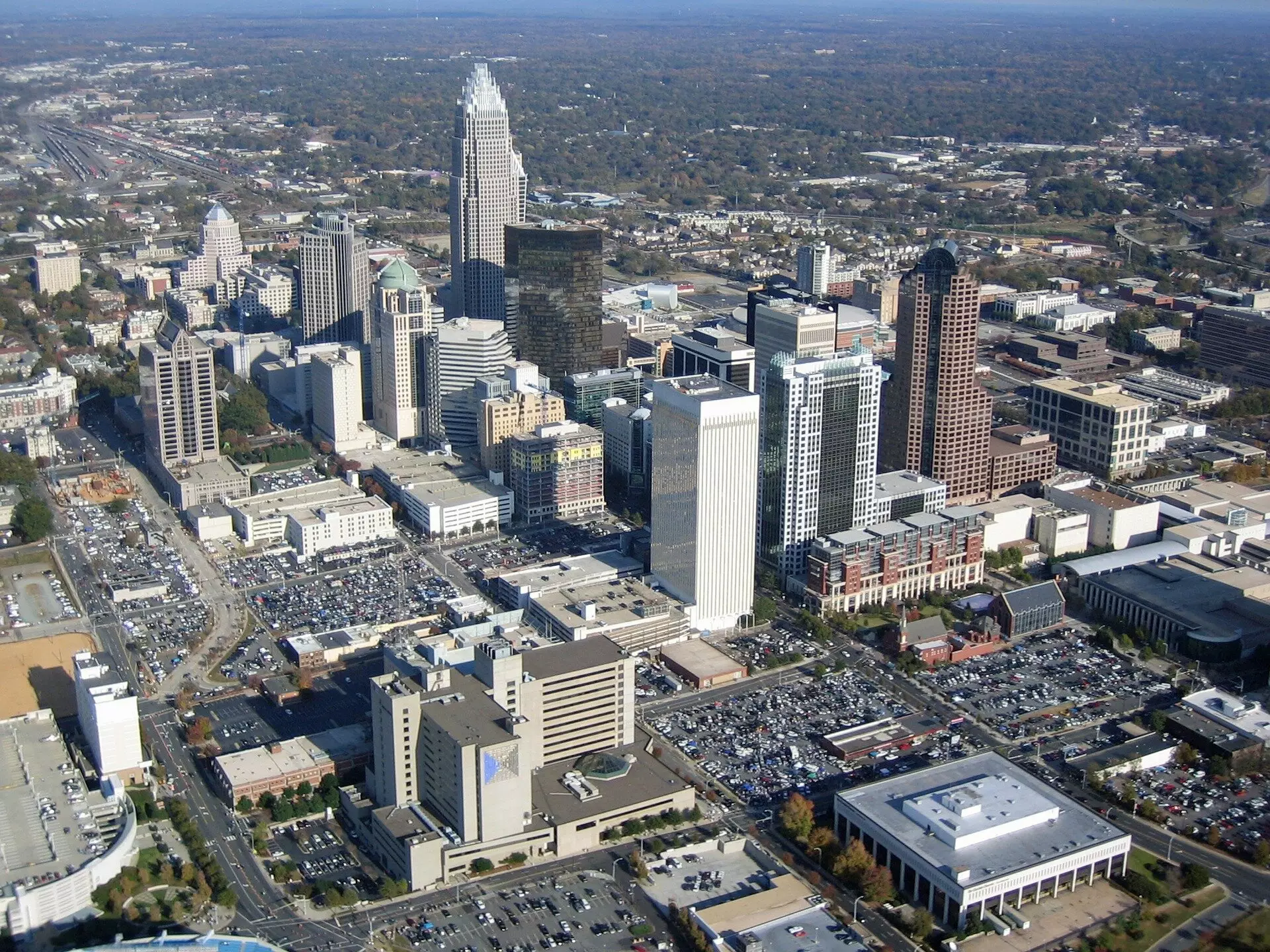As global temperatures continue to rise, cities across the world face increasingly severe heat challenges, with those in the Global South bearing the brunt of this crisis. Urban areas in these regions, which include significant parts of Africa, Latin America, and Asia, are grappling with limited access to cooling resources, particularly green spaces. Research published in *Nature Communications* reveals that cities in the Global South possess only 70% of the “cooling capacity” provided by urban greenery found in the Global North. This discrepancy significantly exacerbates the heat-related health risks faced by their populations.
Understanding Urban Heat Islands
Urban Heat Islands (UHIs)—phenomena where metropolitan areas become significantly warmer than their rural surroundings—pose a serious concern for inhabitants. Due to the density of buildings, concrete surfaces, and minimal vegetation, cities trap heat and create dangerously high temperatures, increasing the prevalence of heat-related illnesses and fatalities. This issue is particularly acute in slum areas where communities often lack adequate resources, making them highly vulnerable to extreme weather events exacerbated by climate change.
The latest research underscores the efficiency of urban green spaces in mitigating these effects. These areas not only cool outdoor environments through shade but also provide a transpirational cooling effect from the evaporation of water. The need for effective solutions becomes increasingly pressing as the world faces climate projections predicting exposure to hazardous heat levels for over a fifth of humanity by 2100, with significant populations in India and Nigeria particularly at risk.
A striking aspect of the recent study is the stark contrast in cooling benefits experienced by urban residents in the Global South versus their counterparts in the Global North. While the average citizen in a Global North city enjoys a cooling benefit of 3.4°C, their peers in the Global South receive only 2.2°C. This shortfall is primarily attributed to the quantity and quality of urban vegetation, as well as differences in horticultural management.
This inequity in access to green spaces becomes even more pronounced when considering the socio-economic factors prevalent in many Global South cities. Urban greenery tends to be concentrated in affluent neighborhoods, leaving poorer populations—often situated in the most vulnerable areas—without the protective benefits of green environments.
Despite these challenges, the research identified enormous potential for enhancing the urban cooling capacity within Global South cities. As noted by Professor Tim Lenton, an advocate for building urban greenery, the integration of more plants, trees, and green infrastructure can significantly mitigate extreme heat conditions. Furthermore, comparative analysis shows that cities with lower population densities, such as many in the United States, tend to enjoy a greater abundance of green spaces, offering an important lesson for urban planners worldwide.
While the task of ‘regreening’ cities may present economic challenges upfront, experts assert it is essential for the long-term livability of urban environments. As cities strive to combat the impacts of climate change, investments in green spaces become not only a matter of public health but also a critical strategy for sustainability. Concerns regarding potential costs and logistical difficulties should not deter urban planners and policymakers; rather, they must reframe the discourse around urban greenery as an essential component of climate resilience.
Measures must include protecting existing green spaces to prevent further degradation and implementing new policies to increase accessibility to greenery for marginalized communities. By prioritizing the equitable distribution of urban green spaces, cities can help ensure that all residents have access to the cooling benefits these areas provide.
Collaborative actions among governments, NGOs, and local communities are crucial for advancing urban green initiatives tailored to the unique challenges of Global South cities. The task ahead is daunting, but the rewards—in terms of enhanced livability, public health, and reduced inequalities—are immeasurable. In preparing for the future, cultivating greener cities that prioritize the health and well-being of their inhabitants is not just beneficial; it is imperative.

